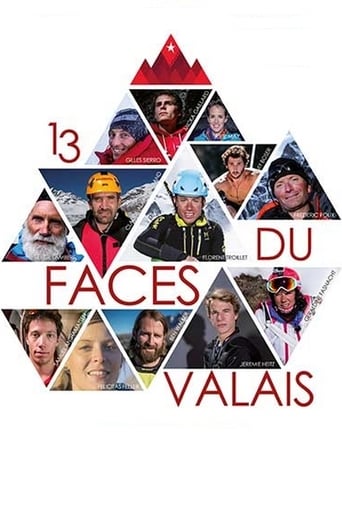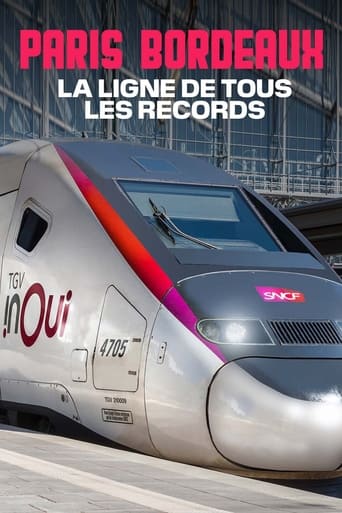
Koyaanisqatsi (1983)
Takes us to locations all around the US and shows us the heavy toll that modern technology is having on humans and the earth. The visual tone poem contains neither dialogue nor a vocalized narration: its tone is set by the juxtaposition of images and the exceptional music by Philip Glass.
- Godfrey Reggio
- Ron Fricke
- Guy Debord
- Leopold Kohr
- Jacques Ellul
- David Monongye
- Ivan Illich
- Michael Hoenig
- Alton Walpole
- Godfrey Reggio
Rating: 7.9/10 by 682 users
Alternative Title:
Koyaanisqatsi: Life Out of Balance - US
코야니스카시 - KR
Кояанискатси - RU
Country:
United States of America
Language:
No Language
Runtime: 01 hour 26 minutes
Budget: $600,000
Revenue: $3,200,000
Plot Keyword: human vs nature, technology, civilization, social commentary, rural area, nature run amok, nature, environment, environmental destruction, lost civilization, observational cinema, environmental disaster, nature documentary, man vs nature, environmental catastrophe, observational documentary, poetic documentary, environmental documentary, human in nature, independent film, no dialogue, dying civilization, environmental collapse, environmentally-themed
This is an art film of sorts, eschewing dialogue or narration or a recognizable plot for a visual and musical banquet of images and scenes. So if you are into art films (or want to appear like you are), this is the film for you. The photographic techniques remind me of nature films, which may not be a coincidence since the subject matter seems to Focus on what is seen as being against nature. So it is all here: explosions and collapsing of buildings, a bridge, about five times, even what looked like a nuclear blast; then time lapse photography of city and highway traffic and masses of people walking; plus slow motion clips of masses of people walking; and shots of tenements and abandoned building and kids playing in water from fire hydrants — well, you get the idea. I like Philip Glass’s music, but there were times I didn’t think what they used quite fit what was being shown on the screen. But like he apparently told the producers more than once before they convinced him to take it on, movie scores weren’t his thing. So as the William Hurt character says in The Big Chill, just let the art flow over you. If nothing else, check out the dress and hair styles of folks in the wacky 1980s!
**For the general public, this film is uninteresting. However, it will have merits if displayed within the most correct context.** I've heard of this film as a documentary, but I honestly don't know if Godfrey Reggio really wanted to document anything. This was the director's debut, and for a first work we can say that there is quality, even though it is a somewhat strange film because it has nothing more than a soundtrack and successive images, which do not seem to have a relationship with each other. If this is an experimental film, I also can't understand what this director really wanted to experiment with. Making a film without a script and without a story? Honestly, this film looks a lot like those successive images that are sometimes shown in waiting rooms, for whoever is sitting there. And what about the film's title? I honestly thought it was some Croatian or Balkan film before I read something about the film and ventured out to see it. Only then did I discover that it was a term from the Hopi language, and that it means living in an unbalanced way. Without a defined script, without any actor, without a spoken word (the title is sung in a threatening Gregorian tone at the beginning and at the end, but I consider this part of the soundtrack pure and simple), we just see all the images and the sound of the music. In short, the film seems like a mute critique of the modern way of life, in contrast to what was lived in the past, before industrialization. It's what I think. And a good movie? It will be good as an introduction to the environmental debate, as a reflection film. For the general public who are not interested in debating these issues, it is not worth it.





















